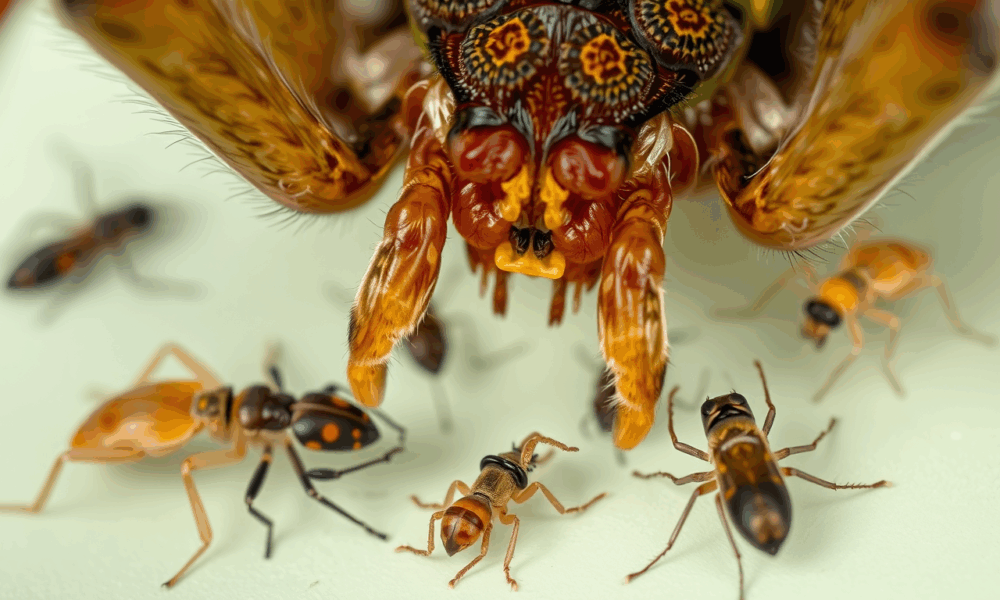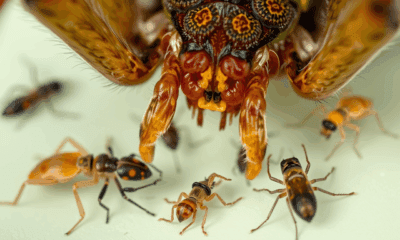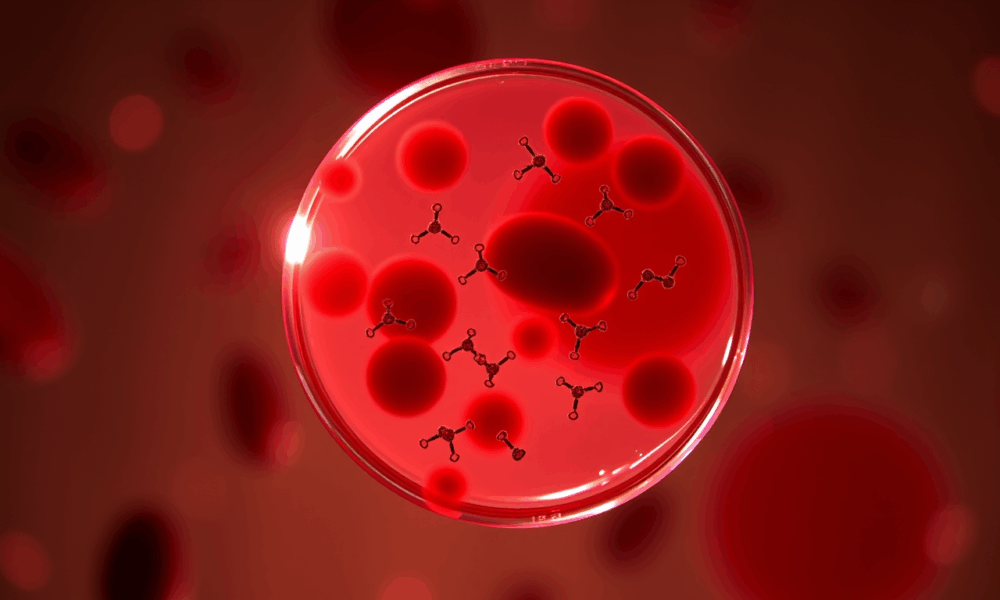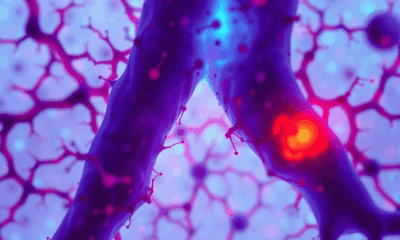


A new study has revealed why some spiders possess venom that is far more potent than others. By analyzing the venoms of more than 70 different...



Using a novel lab method they developed, researchers have identified nine molecules in the blood that were elevated in teens diagnosed with depression. These molecules also...



An international study has uncovered why a widely used treatment for acute myeloid leukemia (AML) doesn't work for everyone. The findings could help doctors better match...



A new study confirms that children of people with schizophrenia or bipolar disorder have a higher risk of developing psychopathology compared to children whose parents do...



High birth weight is the main risk factor for birth injuries to the anal sphincter muscles of the person giving birth, according to a new study....



If you've ever sat waiting at the doctor's office to give a blood sample, you might have wished there was a way to find the same...



By carefully placing nanostructures on a flat surface, researchers have significantly improved the performance of so-called optical metasurfaces in conductive plastics. This is a major step...



Every year, total allowable catches (TACs) and fishing quotas are set across Europe through a multi-step process -- and yet many fish stocks in EU waters...



Researchers have shown that gonadotrophs, cells in the pituitary gland with a key role in puberty and reproduction, come from two different populations, with the majority...



Researchers have unveiled a breakthrough in solid-state cooling technology, doubling the efficiency of today's commercial systems. Driven by the Lab's patented nano-engineered thin-film thermoelectric materials and...